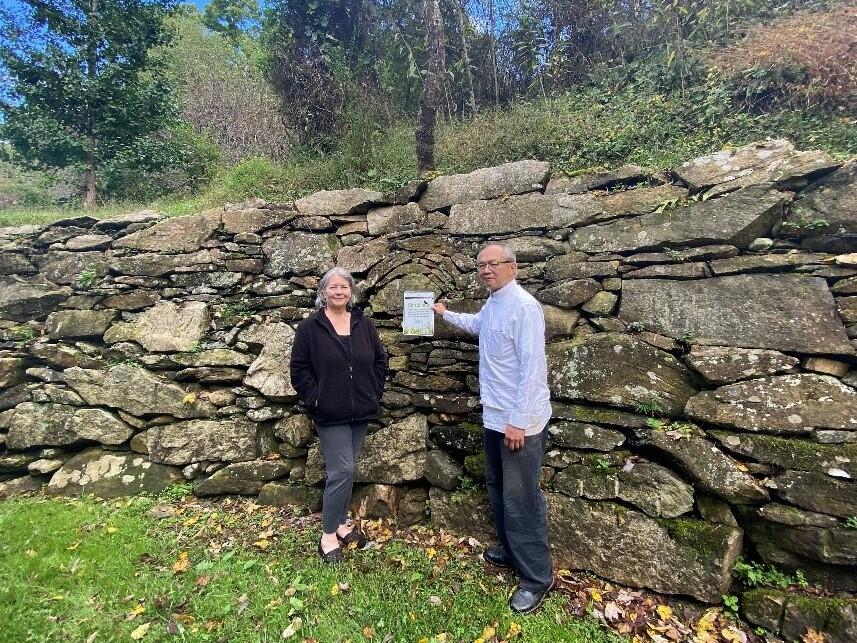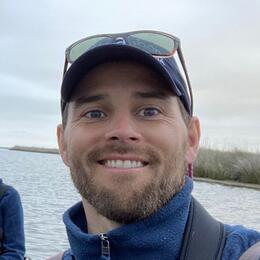Artist Mel Chin often looks to the natural world for inspiration. He once made a sculpture of a Carolina Parakeet, carved out of the pages of a dictionary (because, “No words to describe the loss" of the now-extinct bird, according to his artist statement). In another series of works, he planted an old landfill with vegetation that would draw heavy metals out of the soil.
Chin’s career has taken him to galleries and museums across the globe, but now he’s turning his attention closer to home, to his 28-acre homestead in Yancey County in the southern Appalachian Mountains.
With his partner Helen Nagge, Chin is planning to restore habitat on the property for a rare songbird, with help from neighbor and Audubon Biologist Aimee Tomcho.
Chin and Nagge’s property is a mixture of fields, steep hills, and older stands of trees, typical of overgrown farmland in the region and potentially prime habitat for Golden-winged Warblers. This tiny, yellow-capped songbird depends on young, re-growing forest to nest, but is in steep decline in southern Appalachia.
Much of Tomcho’s work is focused on helping landowners create Golden-winged Warbler habitat, and the Nagge/Chin homestead looked like fertile ground. Along with N.C. Wildlife Resource Commission Biologist Clint Barden, Tomcho designed a series of bird-friendly forest practices for their property.
The first step will be to clear invasive plant species from overgrown fields and cut back vegetation along the forest edges, all to ensure the warblers have the right mix of shrubs and tree stands to breed.
As a birdwatcher, Helen was especially thankful for the habitat conservation guidance. “This whole process has brought us feeling closer to the land,” Helen said. “We notice that there are fewer insects than there used to be ten years ago, and birds too.” She’s hopeful that habitat management can reverse those trends.
Chin’s newest artwork focuses on endangered species, and the work on his land is providing him with yet another way to take action. “I can’t make art about species extinction and not do what I can to provide habitat on my own land for this threatened bird,” Chin said.
On a site visit last year, Tomcho surveyed a ridgeline on neighboring land just above their property and found Golden-winged and Brewster’s Warblers (a hybrid of Golden-winged and Blue-winged Warblers). The sightings make her hopeful that Chin and Nagge could soon have singing Golden-winged Warblers on their land.

Relationship by relationship, Tomcho has grown Audubon’s network of conservation-minded landowners and foresters, with each new person leading to a new connection. In the case of Chin and Nagge, it was their landscape architect who connected them with Tomcho. Her network now spans the state, and reaches into all kinds of communities, empowering landowners to take action for birds.
“Every landowner I meet brings in one more family and a couple more acres into the fold, but it also opens doors into new communities and places that have previously never been surveyed for birds,” Tomcho said. “Mel and Helen have been particularly inspiring to me because their reach is global, but they're also willing to take this very local, very practical action for birds.”
For more on Chin’s artwork, including his Carolina Parakeet piece, visit his website or check it out in person at his ‘There's Something Happening Here’ exhibit at the Madison Museum of Contemporary Art in Madison, Wisconsin.





